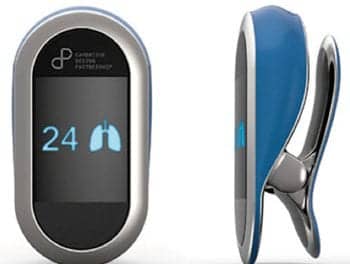When donor lungs are chilled, then warmed and assessed, and then chilled again before transplant, they can stay viable for twice as long as usual donated lungs without affecting patient outcomes, surgeons at Toronto General Hospital say. The Toronto team published the results of this procedure, which they have performed in about a hundred lung transplants over the last decade, in last week’s issue of the Lancet Respiratory Medicine.
The technique involves an assessment period known as ex vivo lung perfusion (EVLP), which is used to evaluate and even treat high-risk lungs that might otherwise be deemed unviable for transplant.
Zachary Kon, MD, of University of Maryland Medical Center, Baltimore, told MedPage Today that EVLP is being used in the U.S. primarily at high-volume, high-quality transplant centers. Kon performs EVLP transplants, but was not involved with the study.
“It has allowed us to consider an entirely new set of donors that we would not previously have considered,” he said. “There are maybe around 1,500 lungs available for transplant each year (in the U.S.) and there are thousands and thousands of people on the wait list. Many of these people will die before a lung becomes available.”
He added that currently around 80% of potential donor lungs are deemed unsuitable for transplantation.
Most lungs assessed for transplant are taken from brain-dead donors and inflammation and other toxic milieu in this environment can make it difficult to determine if a lung is appropriate for transplant.
“EVLP allows us to take lungs out of this environment to better assess whether they are appropriate for transplant,” Kon said.
Read more at www.medpagetoday.com









